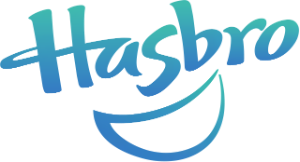
Hasbro is a well-known brand that has been around for over 100 years. The company began as Hassenfeld Brothers in 1923. As the original name implies, two brothers, Henry and Hillel, joined forces to build a business.
But it wasn’t board games from the start. No, “Hassenfeld Brothers” initially sold textile remnants, then adapted to building and selling school supplies. In the 1940s, they released their very first toys: doctor and nurse kits. However, the real groundbreaker came a decade later, in 1952, when the iconic Mr. Potato Head flipped the toy industry on its…potato head.
The name was changed to Hasbro in 1968, and subsequently, a cascade of toy innovations followed, including G.I. Joe, My Little Pony, Transformers, and more.
As the Hasbro name snowballed to success, they picked up subsidiary brands along the way. Under the umbrella of Hasbro sit brands like Tonia, Milton Bradley, Wizards of the Coast, and more (about 1,500 total brands, to be more precise). Additionally, the company has multiple production agreements with other well-known brand names, such as Marvel and Disney Consumer Products.
Clearly, Hasbro is spread far and wide. But, is their manufacturing? Read on to find out where Hasbro Toys and Games are being made.
Verdict: Are Hasbro Toys and Games Made in the USA?
Only some Hasbro products are made in the USA. Hasbro Toys and Games are both made in the USA and abroad. The vast majority of Hasbro products are not manufactured domestically. They are made in countries like China, Vietnam, Indonesia, and others.
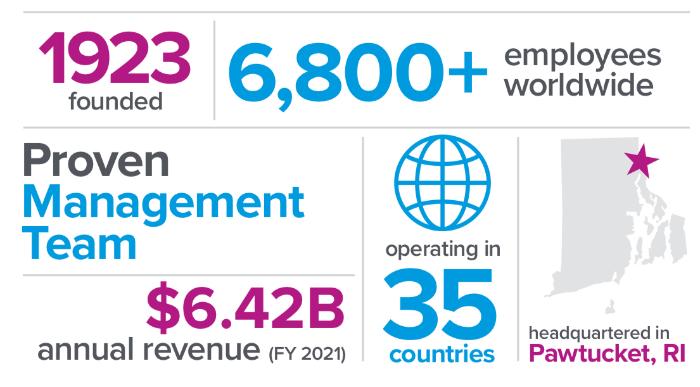
Today, Hasbro is headquartered in Rhode Island. According to a 2020 report on third-party factories used by Hasbro, most of their outsourced production takes place in China. Other countries include India, Vietnam, Brazil, Belgium, Ireland, Indonesia, Japan, and more. Hasbro truly has a global footprint.
The numbers depicted in the graphic below represent currently available jobs, not facility counts:
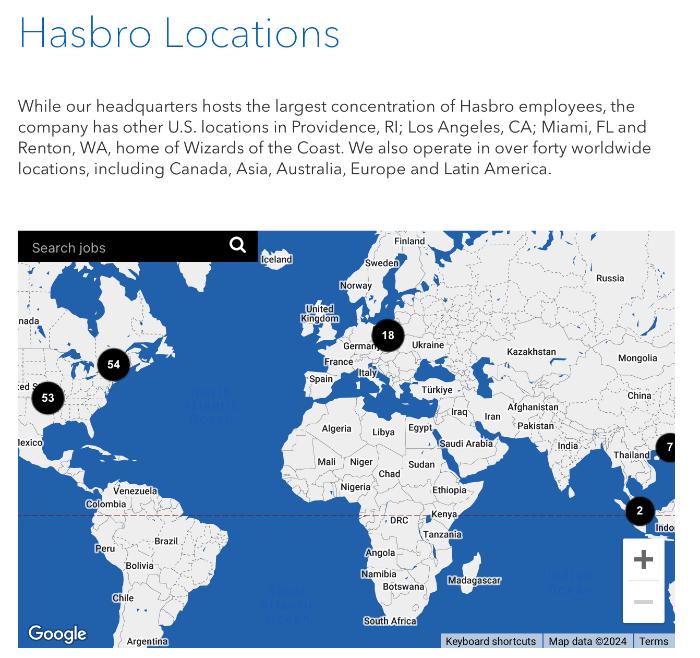
Hasbro employs over 6,800 people worldwide and operates in 35 countries. In the United States, Hasbro utilizes third-party factories in Texas, Massachusetts, Illinois, North Carolina (x2), Pennsylvania, and Missouri. These factories conduct printing, graphic design, and other functions for the brand.
Hasbro products can be purchased directly from their website or from a myriad of other retailers. The website does not provide clear details about the manufacturing origin of each product, but sometimes the featured photos include a shot of the back of the packaging, where you can see a “Made in…” label.
Let’s flip these boxes over and take a look at a few labels:
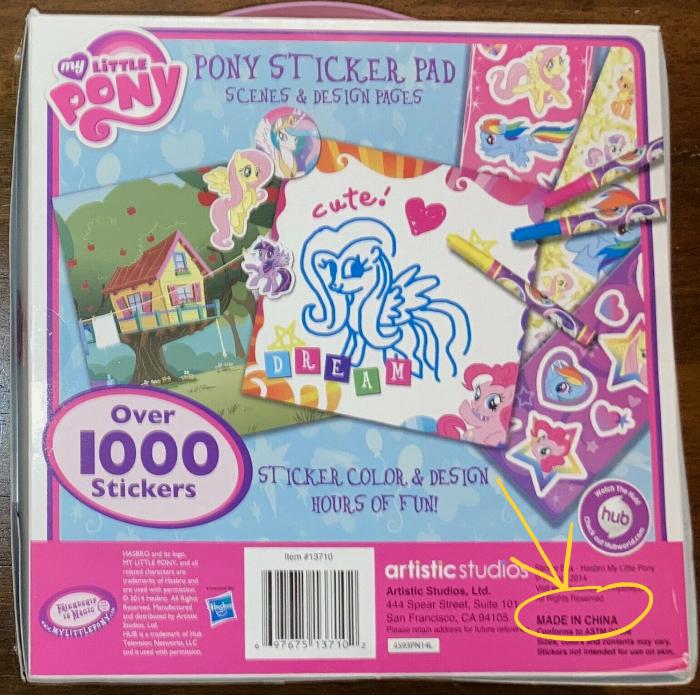
And this one from Furby:
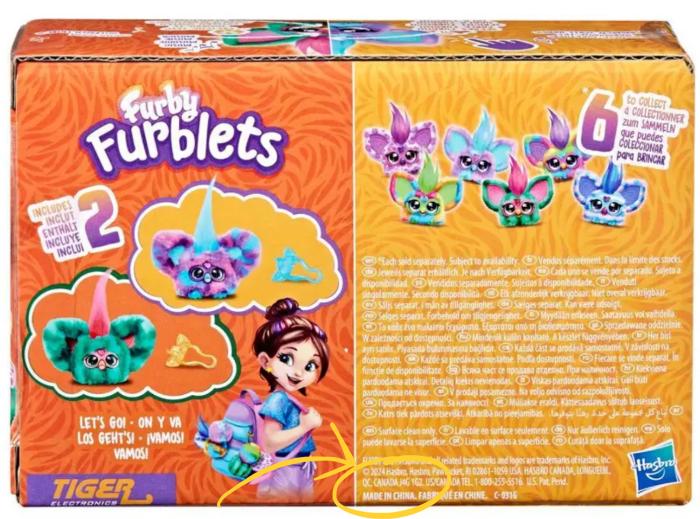
And your favorite GI Joe:
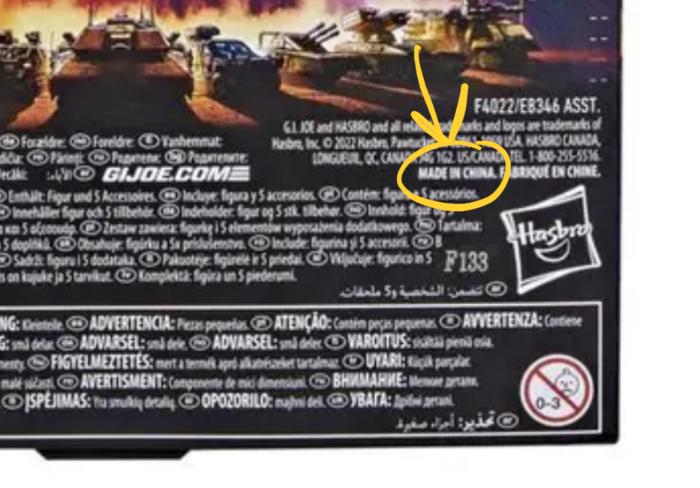
Most of our sleuthing revealed that the products were made in China. Despite big news in 2017 about moving some Play-Doh production back to the US, we couldn’t find any American clay out there. All the labels we saw pointed to…you guessed it, China.
Here’s one exception to the trend that we could find:
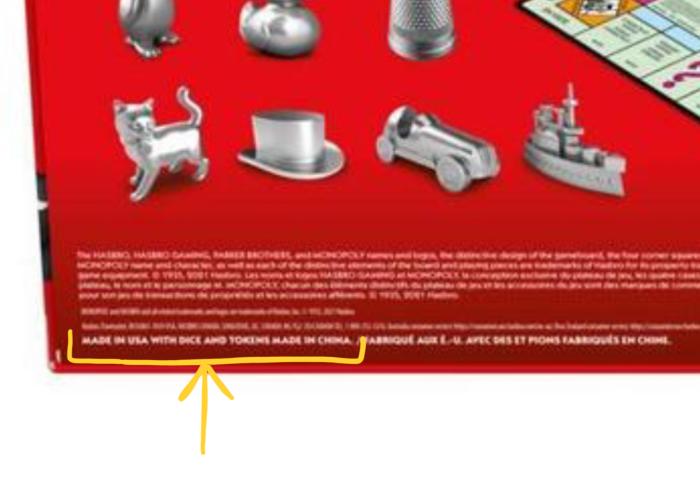
The above label on this Monopoly box is tough to read, as we had to zoom in pretty far on the product to find it. It states, “Made in USA with dice and tokens made in China.” Is it a win?? Kind of!
Here is one more mini-win:
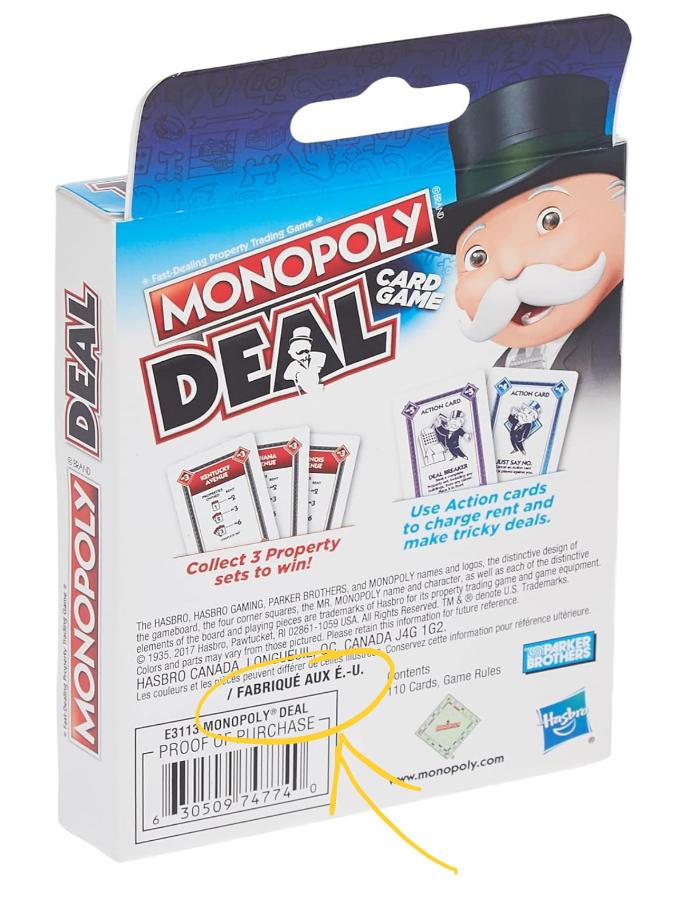
It seems that the few American factories that Hasbro utilizes are used for assembly, card printing, and some component manufacturing. That’s probably the best you can hope for when it comes to American made Hasbro products.
Popular American Made Hasbro Toys and Games
- Monopoly Board Game for Ages 8+
- Monopoly Deal Card Game
Popular Hasbro Toys and Games Not Made in the USA
- Play-Doh Bulk Ice Cream Theme 13-Pack of Non-Toxic Modeling Compound with Color Burst
- Playskool Heroes Transformers Rescue Bots Academy Team Pack
- My Little Pony Classics Celestial Ponies – Aurora Retro 4” Collectible Play Figure

